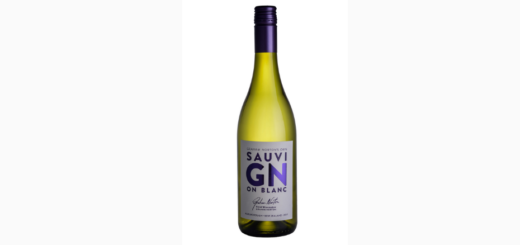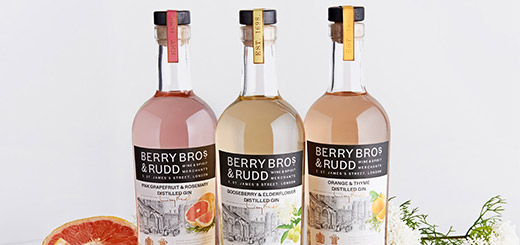Comfort Food

Food is a timeless human comfort. The foods that bring us comfort can be culturally specific and sometimes highly personal, but the concept itself is practically universal. 2020 has been the year that the world has needed comfort on tap. A year marked by uncertainty of every kind has left many people soothing themselves in the kitchen. Our social calendars have been thrown out the window, and our ability to eat out significantly curtailed. What we do have is more time. For nonessential workers especially, the pandemic has removed commuting or in many cases freed up days entirely. Since March, cooking has been top of the lockdown syllabus as many made uncharacteristically large or new efforts to learn. This widespread enthusiasm for ventures like baking even caused prolonged shortages at supermarkets. The widespread move towards home cooking is likely to carry on for many years after lockdowns are lifted. Not only will people have cultivated new appreciations and skill sets, but home cooking will continue to be the most cost-effective way to eat amidst the pending recession.
In March, Google searches for “online cooking classes” shot up. YouTube was flooded with cooking videos from every influencer and chef in sight. In a July survey of Americans, 90% said their searches for food inspiration had increased during the pandemic. The daily average of time spent cooking was also up 30 minutes from last year. Yet, there was also a clear trend in the kinds of recipes people were opting for. Searches for things like banana bread, pancakes, brownies, and pizza dough, topped the charts. The people had spoken. And the people wanted carbs. In May, American chef, Netflix star, and author of bestselling, Salt, Fat, Acid, Heat, Samin Nosrat, rose to the occasion by hosting a virtual lasagna cook-a-long and dinner party known as ‘The Big Lasagna.’ Before COVID, we were interested in eating strategically: protein snacks, ‘keto-approved’ products, the low-calorie ice cream craze, cauliflower substitutes—everything geared for busy weeknights and on-the-go lifestyles. Now it is emotion leading the way. Nutrition isn’t cancelled. In fact, there has been a lot of interest in immunity-boosting foods. However, as the scale of the world’s problems loomed large, for many of us the measured portions, the calorie-counting, and the lists of ‘good’ foods and ‘bad’ foods have started to feel less urgent. The warm comforts of lasagna, of a roast dinner, or of freshly baked bread were instead the tonics we needed. Sales of chocolate have increased £50m year on year, driven mostly by large sharing bags and bars. Nostalgia has also been a huge driver. This has been the year to master family recipes, revisit childhood snacks, or attempt to replicate the sentimental foods from favourite restaurants or travels abroad.
There is a lot of opportunity for food brands as more people relax their rules and lean into comfort. This is the time to celebrate the joy of food and support the reinvigorated love of home cooking. Share recipes. Sponsor food content, channels, and influencers. This is where people are going to learn the foundations or expand their horizons. Both of these are prime mindsets for making introductions and establishing long term associations with your brand. Consumers’ nostalgia is especially useful for brands in the snacks and treats realm to work with, at least in the short term of lockdown. We cannot predict exactly how the world will eat when we emerge from this time. However, there is no doubt that this will have been an influential and emotional time for food. Lasting opinions are being formed, lifelong tastes being made, and we are all appreciating the gift that food is in new ways.




